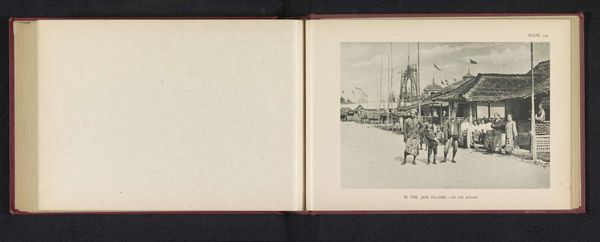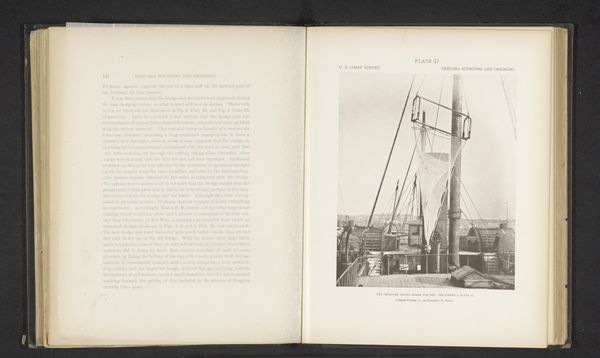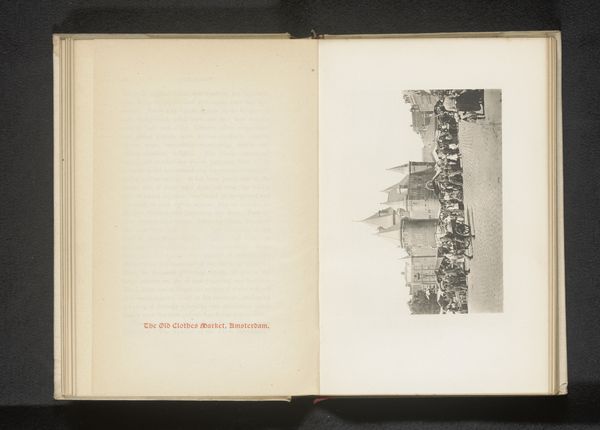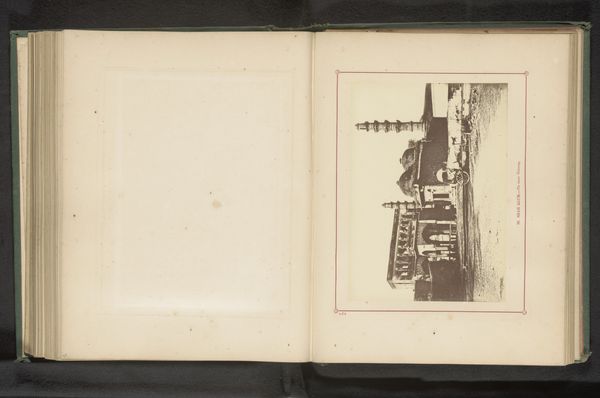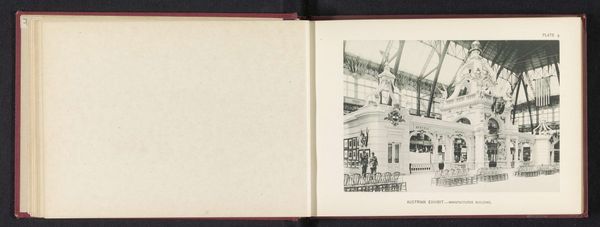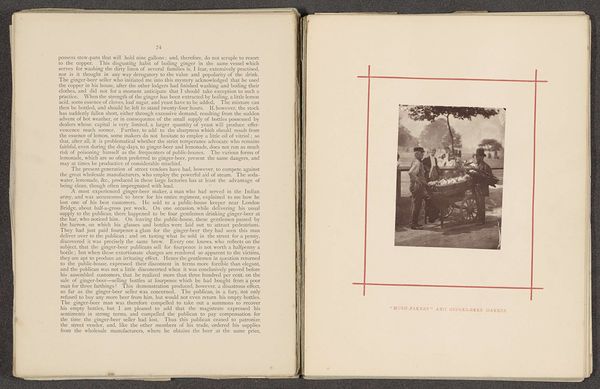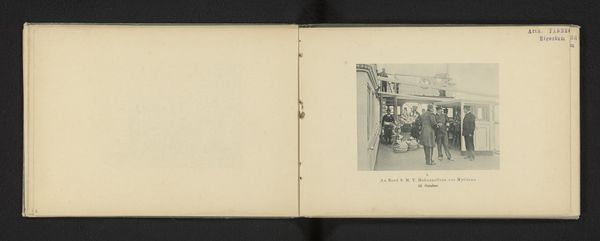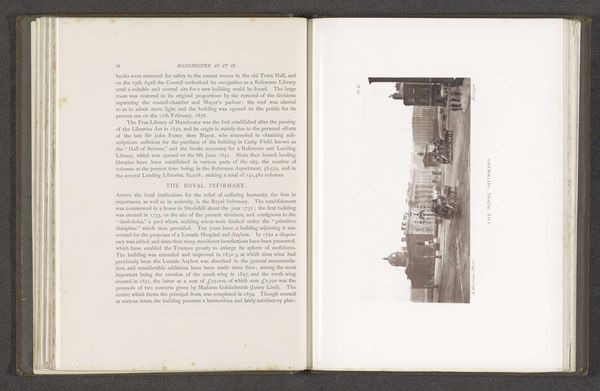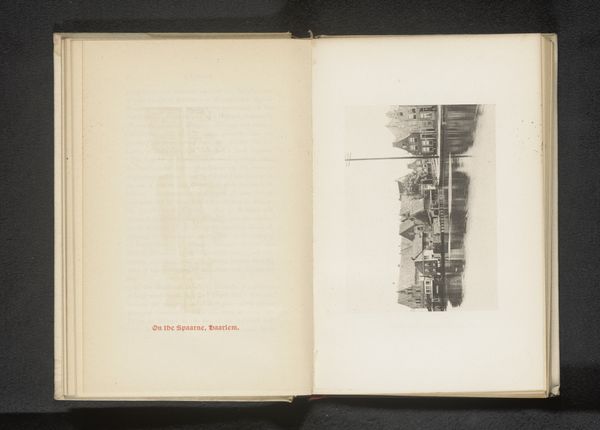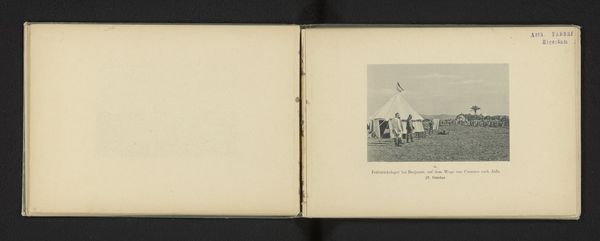
Gezicht op een straat met landenpaviljoens en een reuzenrad op de World's Columbian Exposition in Chicago in 1893 1893
0:00
0:00
Dimensions: height 134 mm, width 190 mm
Copyright: Rijks Museum: Open Domain
Curator: Here, we have a photograph entitled "Gezicht op een straat met landenpaviljoens en een reuzenrad op de World's Columbian Exposition in Chicago in 1893," or, "View of a Street with Country Pavilions and a Ferris Wheel at the World's Columbian Exposition in Chicago in 1893." The image comes to us via Charles Dudley Arnold in 1893 as an albumen print. Editor: Oh, this looks like a bustling moment, doesn't it? You almost feel like you can smell the dust and the faint scent of… cotton candy, maybe? But underneath all that activity, there is something haunting to it, a subtle tension in the geometry of the Ferris wheel against those temporary structures. Curator: Absolutely, a convergence of optimism and impermanence. This World's Fair was meant to celebrate progress and discovery, showcasing innovations to a global audience. But it was also deeply entangled with issues of colonialism, cultural appropriation, and the romanticized vision of otherness exhibited in the pavilions. Editor: I notice how the pavilions line the streets, representing nation-states displaying what they want the world to believe about themselves. They appear almost…stage-like, each projecting its self-image, right? The fair itself becomes this performance, this illusion of harmony constructed on a foundation of power dynamics. Curator: It really was. And look closer. Arnold uses this albumen print to soften the hard edges of progress with a dreamy, almost nostalgic quality. But he still manages to frame the grandeur of the Ferris wheel juxtaposed with the hastily-erected structures of the fair, a symbol of human ingenuity and maybe our own folly as well. Editor: I completely agree. It almost makes me wonder who was allowed through those country pavilions based on their nationality or identity, who the spectacle was really *for,* and at what cost. Those photographs capture the fair, yes, but they are records of something far more significant and, at times, disturbing. Curator: A convergence of hope and spectacle. Thanks to Arnold’s vision, it pushes us to think about where that intersection takes us. Editor: Exactly. It shows us a complex portrait of what happens when national pride, technological optimism, and exclusionary practices come together to create one spectacular image. And for that, it deserves deep critical exploration and ongoing discussion.
Comments
No comments
Be the first to comment and join the conversation on the ultimate creative platform.
